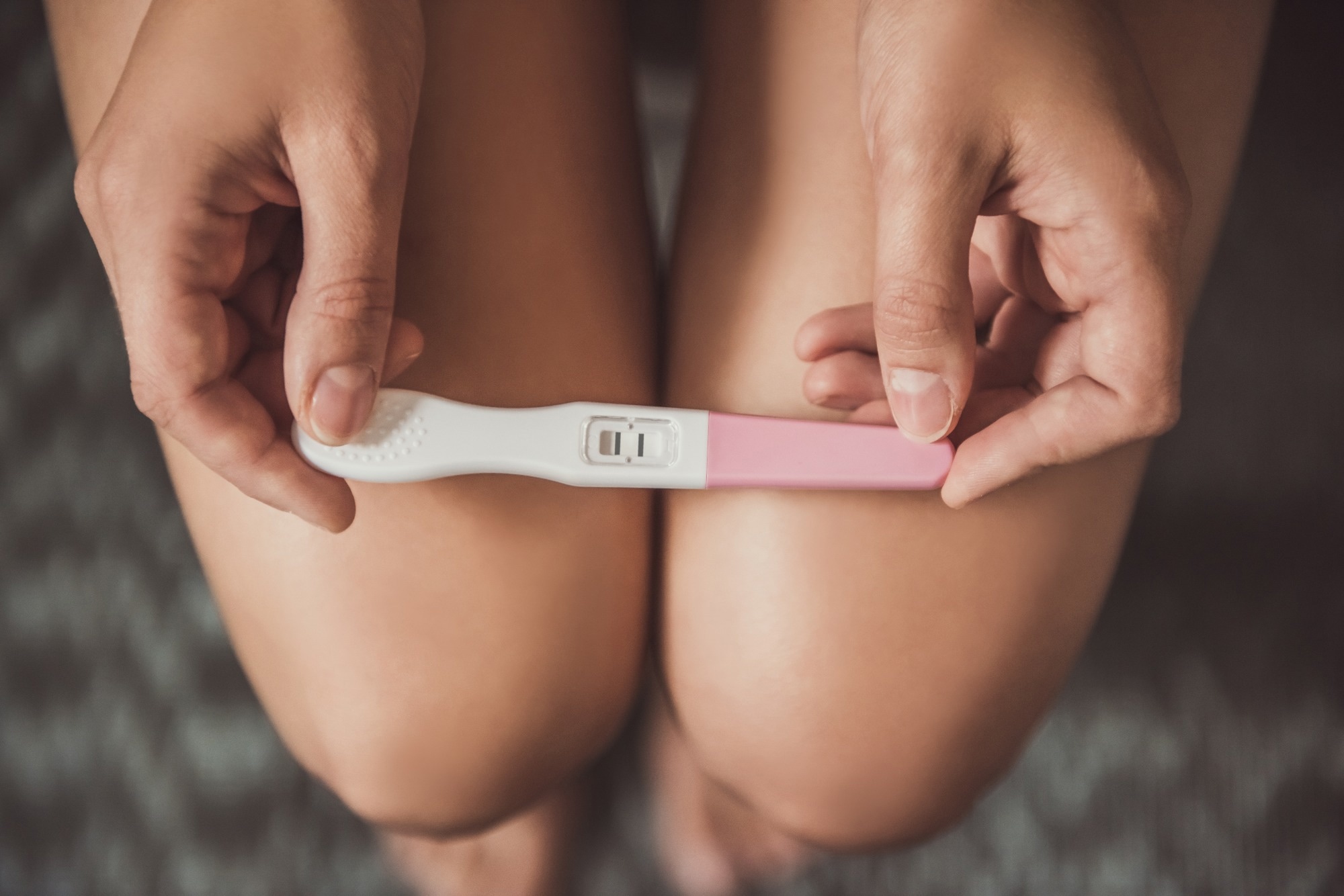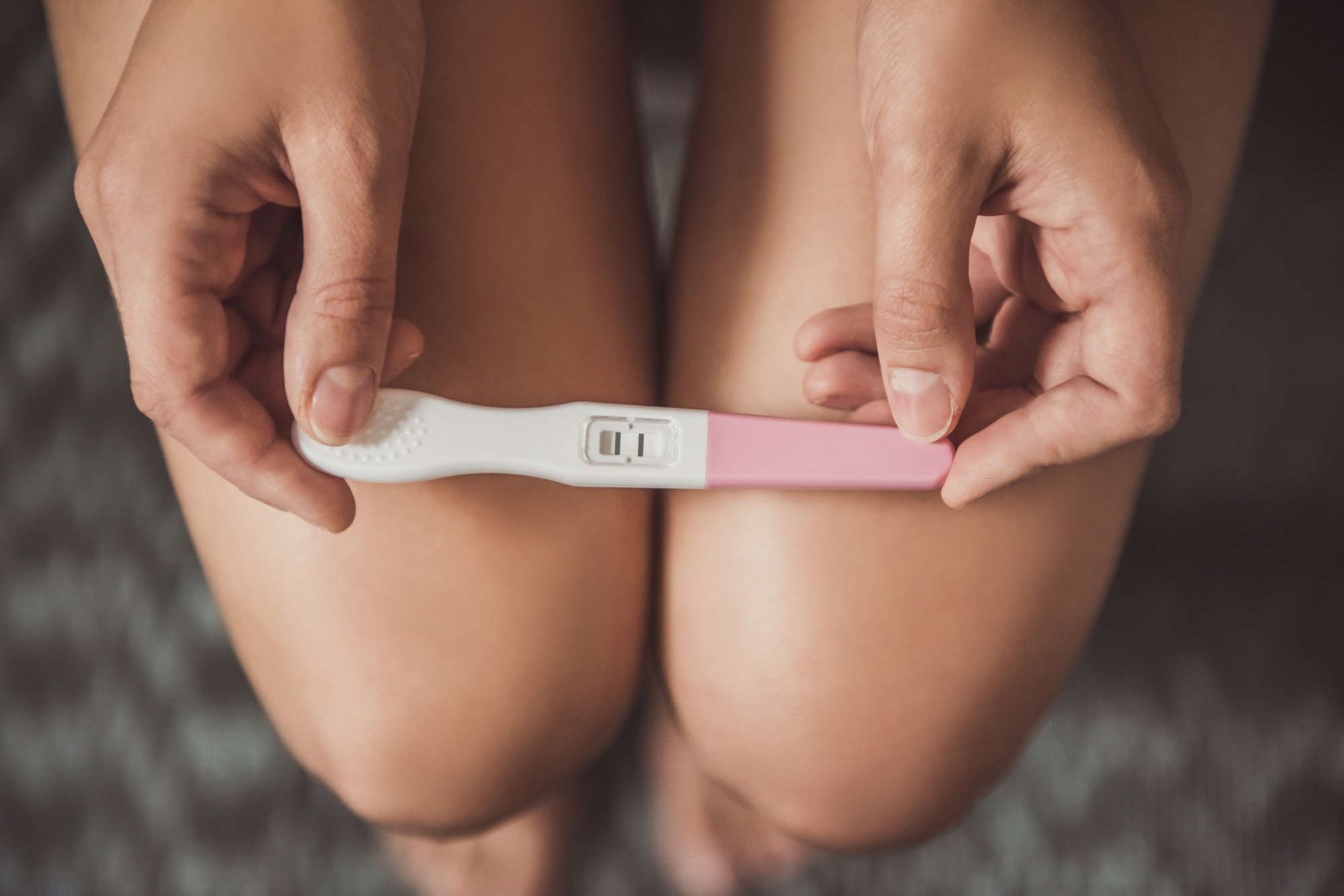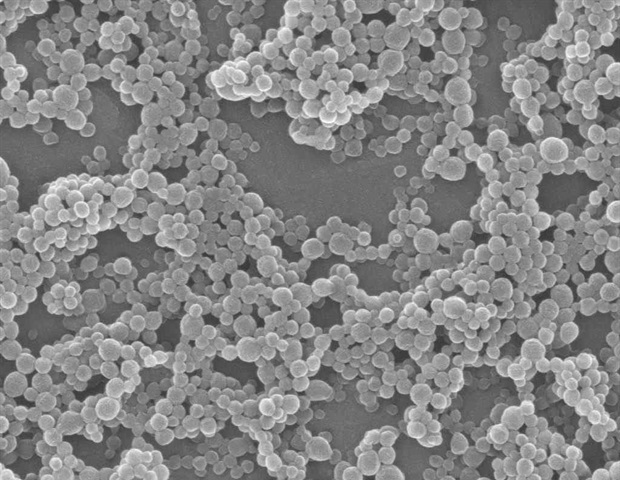For several years now, the World Health Organization (WHO) has recommended an interval of six or more months following a miscarriage or induced abortion to minimize the chances of complications in the following pregnancy. However, a group of Norwegian researchers studied a cohort of pregnant women to explore the evidence for this guideline and came up with a different outlook. The research is published in the journal PLOS Medicine.
 Study: Interpregnancy interval and adverse pregnancy outcomes among pregnancies following miscarriages or induced abortions in Norway (2008–2016): A cohort study. Image Credit: George Rudy / Shutterstock
Study: Interpregnancy interval and adverse pregnancy outcomes among pregnancies following miscarriages or induced abortions in Norway (2008–2016): A cohort study. Image Credit: George Rudy / Shutterstock
Introduction
Miscarriages and induced abortions terminate pregnancies in up to 15% of cases after the pregnancy is recognized, though the latter case figures more prominently in high-income countries (HICs).
The earlier guidance was meant to ensure that women had enough time to regain their lost nutritional reserves, lose any excess weight, and clear any inflammation or infection lingering from the last pregnancy or miscarriage. However, not much strong evidence was available to back this recommendation based on a single Latin American study. This reported a doubling of the risk for preterm birth and low birth weight in the subsequent pregnancy if it occurred within six months of the abortion or miscarriage (both were clubbed together by the researchers despite the obvious difference in the patient profiles).
Subsequent extensive studies did not confirm this risk after a miscarriage but did show an increased risk of adverse outcomes after an induced abortion six months earlier or less. Conversely, long delays after a live birth were shown to be associated with a higher risk of gestational diabetes mellitus (GDM) and pre-eclampsia, a sometimes life-endangering hypertensive illness of pregnancy. These studies came from Canada and Australia, respectively.
Therefore, there is a need to understand how pregnancy outcomes vary by the interval between the current conception and an immediately preceding miscarriage or induced abortion. Indeed, three of five women who have had a miscarriage conceive within six months, compared to a fifth of women after an induced abortion.
The researchers looked at approximately 49,000 births after a prior miscarriage and about 23,700 births after an induced abortion earlier, between 2008 and 2016. The study was retrospective, using data from the 3 Norwegian national health registries.
Most women conceived at a median of four months after a miscarriage, with ~60% and 20% becoming pregnant within 6 months vs. 5-11 months, respectively. After an induced abortion, the subsequent pregnancy occurred at a median of 17 months, with only a fifth occurring within six months and another fifth at 6-11 months.
What did the results show?
The findings showed that a pregnancy interval of three or fewer months after a prior miscarriage was associated with a 15% lower risk of having a small-for-gestational-age (SGA) baby. However, at an interval of 3-5 months, it was still lower, by 10%, compared to women who had intervals of 6-11 months after a miscarriage before they conceived again.
The women who conceived within three months also had a 16% lower risk of developing gestational diabetes mellitus compared to an interval of 6-11 months.
In the group of women who conceived after an induced abortion, an interval of three months or less was not associated with a significant increase in the risk of SGA compared to those who conceived after 6-11 months. The risk of having large-for-gestational-age (LGA) babies was 16% lower among those who conceived after 3-5 months vs. 6-11 months.
When more than a year elapsed after either spontaneous or induced abortion, the risk of GDM was raised by 15-20%, depending on the time elapsed from 12-24 months, compared to those who conceived at 6-11 months later. Other than this, a conception delay of 12 or more months after a miscarriage or induced abortion was not linked to a higher risk of adverse outcomes in the current pregnancy.
What are the implications?
The results of this analysis indicate that conceiving within three months of a spontaneous or induced abortion is not associated with a higher risk of the adverse outcomes studied here. Thus, it is suggested that “women could attempt pregnancy soon after a previous miscarriage or induced abortion without increasing perinatal health risks.”
This could be due to an increased healthcare-seeking tendency during pregnancy immediately following a miscarriage or abortion. Conversely, it could reflect the better reproductive vigor of women who conceive rapidly after a miscarriage than those with longer intervals. Nutritional depletion is considered unlikely after a miscarriage, which typically occurs in the first trimester before significant fetal mass increases.
The study corroborates earlier reports showing no increased or reduced risk of complications after an interval of less than six months after an abortion or miscarriage. Some prior studies have reported a higher risk of preterm birth or SGA after a short inter-pregnancy interval of six months or less following an induced abortion.
Again, other studies showed higher risks of adverse outcomes when the interval was 24 months or more, but the current study did not confirm this. This could be due to the relatively small number of births after 24 months in the current study
These findings do not, therefore, support the WHO recommendations in this scenario but “motivate a review of current international guidelines for birth spacing after a miscarriage or an induced abortion.” Women should be reassured that they can conceive when they want to without undue fear of pregnancy complications, except when there is reason to suspect an underlying infection or inflammation.









